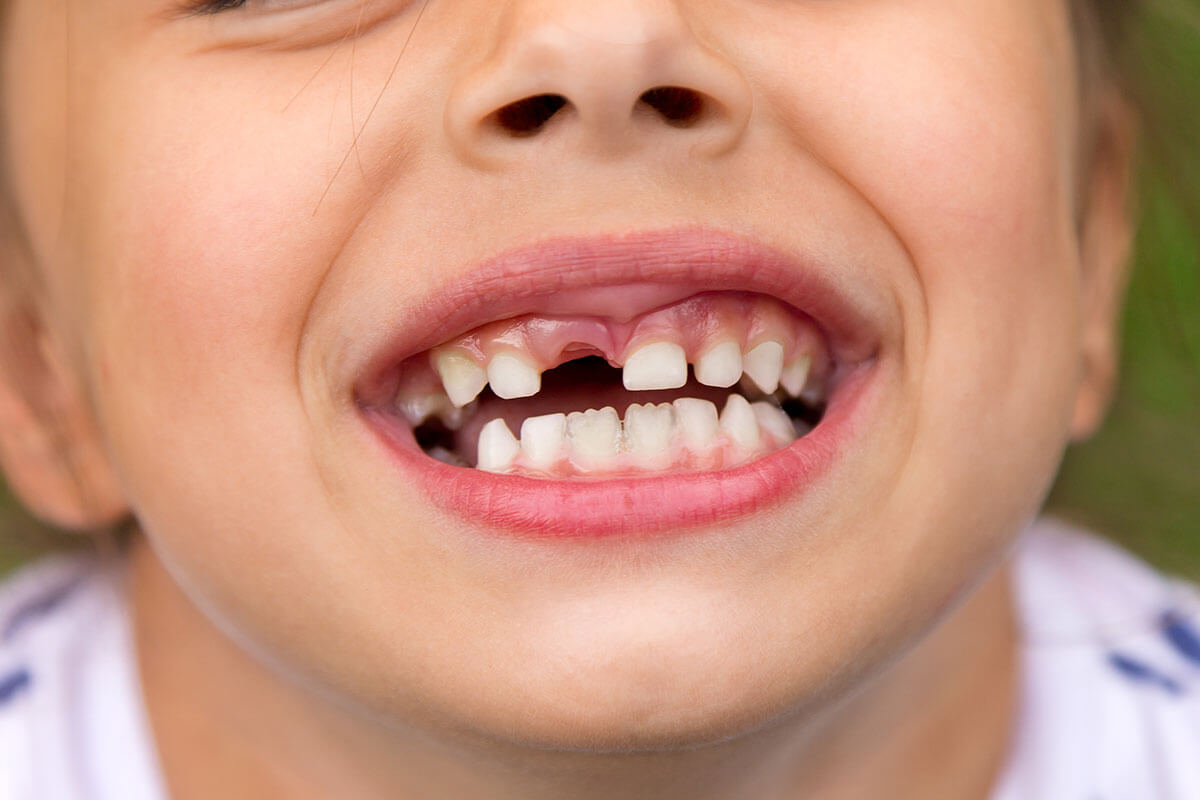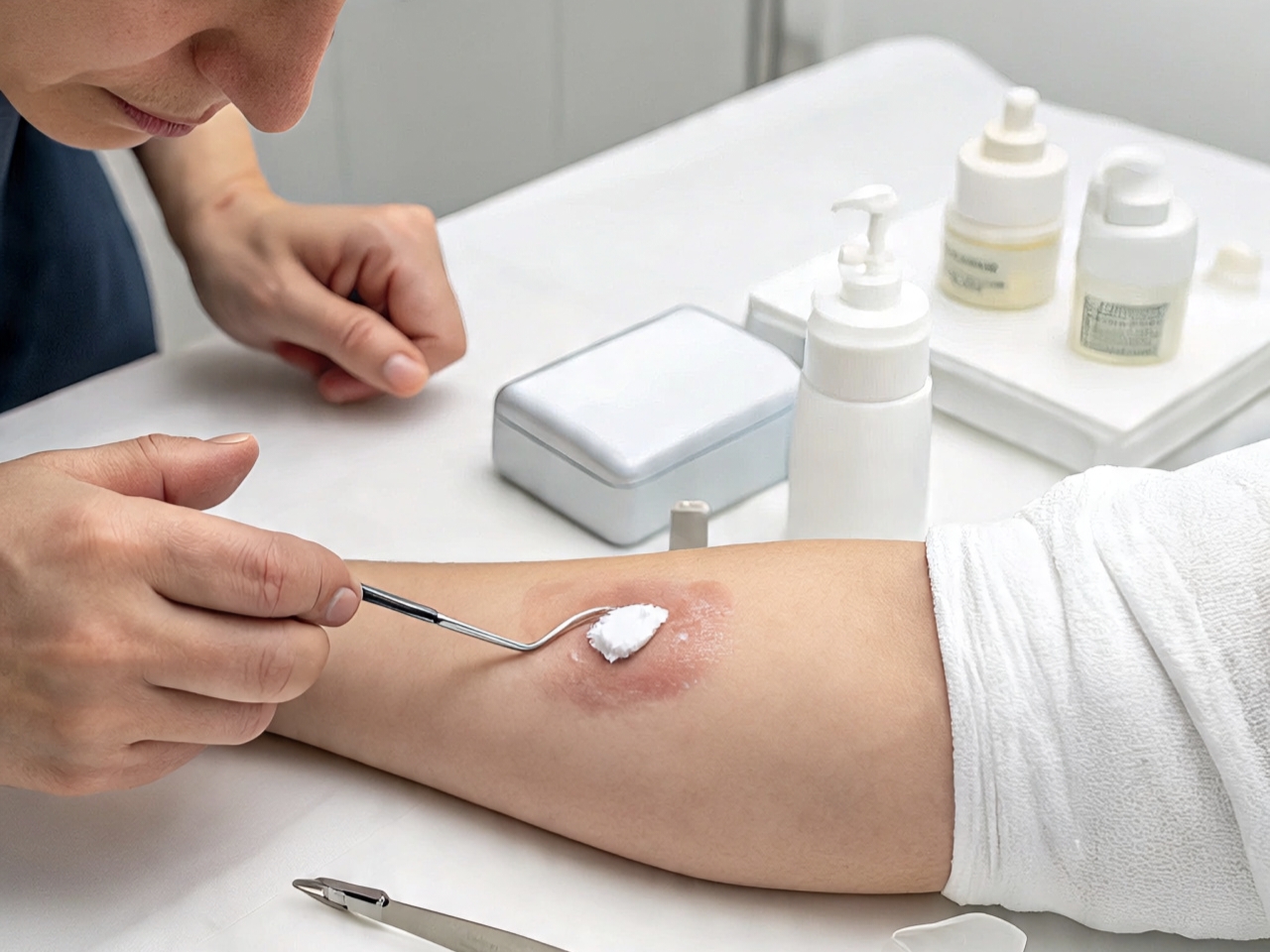A knocked-out tooth is one of the most serious dental emergencies you can face. Whether it happens during a sports game, a fall, or another accident, seeing a gap where your tooth used to be can be alarming. However, quick and correct action can make the difference between losing the tooth permanently and successfully saving it.
Knowing the immediate steps to take is crucial for increasing the chances of re-implantation. This guide provides a clear, step-by-step process to follow if you or someone you are with experiences this type of dental trauma.
Immediate Steps to Take
When a permanent tooth is knocked out, time is of the essence. The cells on the root of the tooth begin to die within minutes, so handling the situation properly from the very start is vital. Follow these steps calmly and carefully.
1. Locate and Handle the Tooth with Care
First, find the tooth. When you pick it up, be very careful to only touch the crown, which is the white, visible part used for chewing. Do not touch the root, as this can damage the delicate cells necessary for reattachment.
2. Gently Clean the Tooth if Necessary
If the tooth is dirty, rinse it gently with milk or a saline solution. If neither is available, you can use cool, running water for no more than 10 seconds. Do not use soap, scrub the tooth, or wrap it in a tissue or cloth. The goal is simply to rinse off any debris without harming the root surface.
3. Attempt to Reinsert the Tooth
The best place to store a knocked-out tooth is back in its socket. If possible, gently try to place the tooth back into its original position. Hold it in place by softly biting down on a clean cloth or piece of gauze. The natural environment of the mouth provides the best conditions for preserving the tooth.
If you cannot reinsert the tooth, do not force it. This is especially important if the person is a young child or if the individual is unconscious or in a state of shock, as they could swallow it.
How to Preserve the Tooth
If reinserting the tooth into the socket is not possible, you must keep it moist until you can get to a dentist. A dry tooth has a much lower chance of survival.
Use a Proper Storage Solution
The best way to transport the tooth is by placing it in a small container of milk. The chemical makeup of milk is compatible with the root cells and helps keep them alive. Another excellent option is a dedicated tooth preservation product, often found in first-aid kits, or a saline solution.
As a last resort, you can have the person hold the tooth inside their cheek. This method uses their own saliva to keep it moist, but it carries the risk of swallowing the tooth, so it should only be used by responsible adults. Never store the tooth in plain water, as this can cause the root cells to swell and burst.
Seeking Immediate Dental Care
Once you have secured the tooth, you must see a dentist or go to an emergency room immediately, ideally within 30 minutes. The sooner the tooth is professionally re-implanted, the higher the success rate.
What to Expect at the Dentist’s Office
A dentist will examine the area, clean the socket, and carefully place the tooth back into position. To hold it steady while it heals, they will likely use a splint to attach it to the neighboring teeth. This splint usually stays in place for a few weeks. The tooth may require further treatment, such as a root canal, in the following weeks to prevent infection.
In cases where the tooth cannot be saved, it is important to discuss replacement options to maintain your oral health and smile. If the tooth and root are too damaged for re-implantation, consulting with a professional such as a dental implant specialist in New Market, VA, can provide you with information on permanent solutions. Acting quickly and correctly in the event of a knocked-out tooth is your best defense. By handling the tooth properly and seeking immediate professional help, you give yourself the greatest opportunity to save your smile for years to come.





